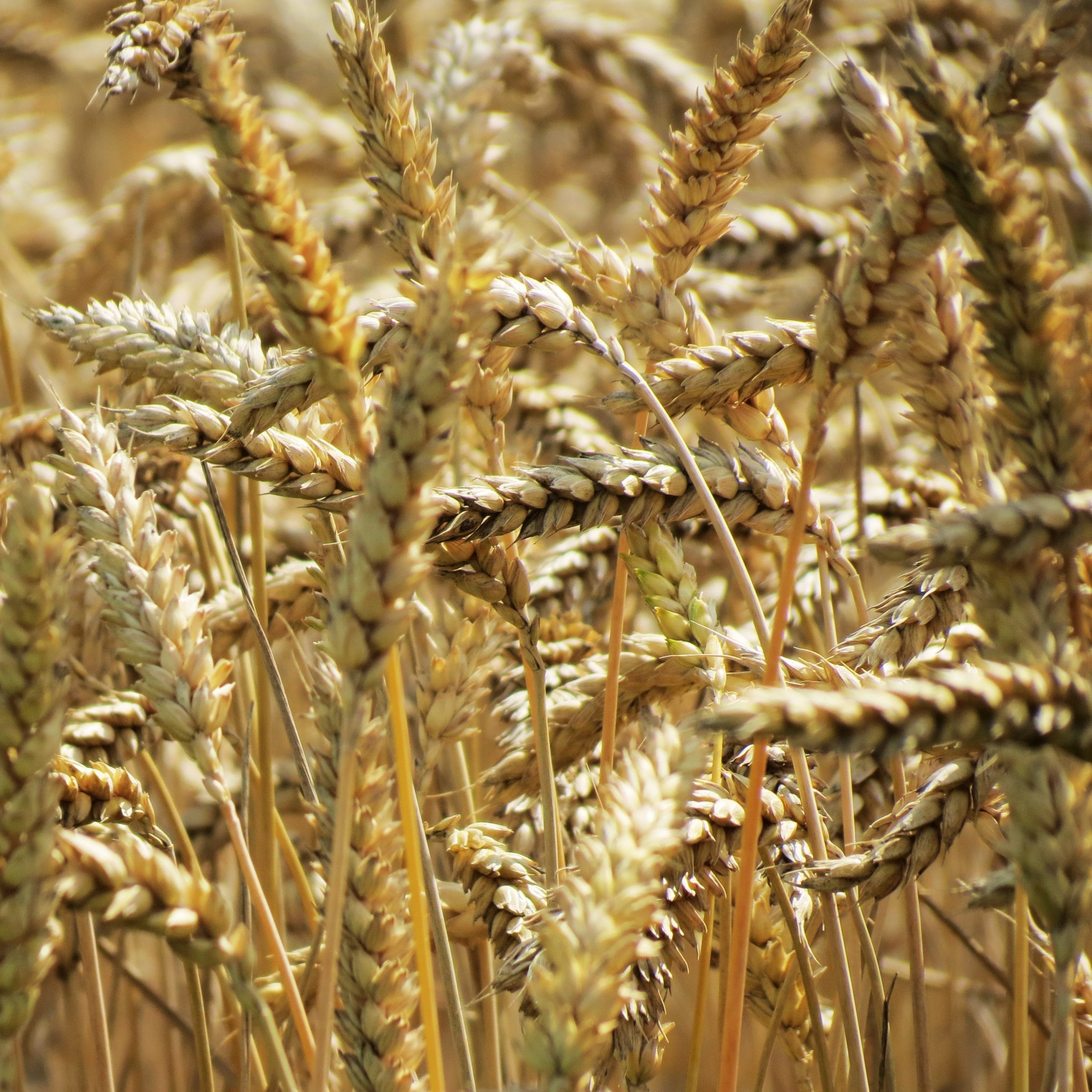Tariff-ic start to 2021 for Australia’s farmers
New Year’s tariff cuts build on huge benefits Free Trade Agreements have already delivered for Australia’s agricultural, food and fisheries exporters. Free Trade Agreements deliver further diversified trade opportunities for Australian exporters.
It’s a happy new year for Australian agricultural and seafood exporters, as significant tariff cuts and improved market access on a range of commodities traded across the Americas and Asia take effect.
Minister for Agriculture David Littleproud said 2021 will be a huge opportunity for our agricultural, food and fisheries exporters, with the further tariff reductions a boost to industry’s aim of achieving $100 billion in farmgate value by 2030.
Following the Indonesia-Australia Comprehensive Economic Partnership Agreement’s (IA CEPA) entry into force on 5 July 2020, more than 99 per cent of Australian goods exported to Indonesia enter duty free or under improved and preferential arrangements.
Building on this, from 1 January 2021 Tariff Rate Quotas will increase for live cattle, feed grain and citrus exports to Indonesia.
Tariffs on lamb and beef to Korea, some wine products and barley to Mexico and refined sugar to Canada will all fall in 2021, while exporters to Peru will benefit from tariff cuts on beef and sparkling wine as well as increased quotas for rice, dairy, sugar and sorghum.
On 14 January 2021 remaining tariffs for seafood exports to Vietnam will continue to drop to around 8 per cent, ahead of their complete elimination on 14 January 2022.
“The Comprehensive and Progressive Agreement for Trans-Pacific Partnership (CPTPP) and other Free Trade Agreements (FTAs) forged by the Australian Government were delivering for our agricultural, food and fisheries exporters.” Minister Littleproud said.
“Korea is Australia’s fourth largest agricultural partner, and Indonesia our fifth largest—the FTAs we have with these nations alone are worth billions to Australian farmers, creating jobs and supporting rural and regional communities.
“The broad range of export markets under these FTAs, along with these continued improvements with tariff reductions, will help to stimulate growth and investment, diversifying our export trade and recover from the COVID-19 pandemic.
“The total value of Australia’s exports to CPTPP economies for agricultural and food commodities was $8.4 billion in 2019-20.
“The CPTPP delivered immediate as well as ongoing tariff reductions to enhance market access across the Americas and Asia. It covers many of Australia’s key agricultural and food export commodities, including wine, beef, dairy, wheat and sugar.”
Fast Facts:
- The CPTPP is a free trade agreement between Australia, Brunei, Canada, Chile, Japan, Malaysia, Mexico, New Zealand, Peru, Singapore and Vietnam. It entered into force for the initial ratifying countries on 30 December 2018.
- In full implementation the CPTPP will eliminate more than 98 per cent of tariffs in a trade zone worth $13 trillion when it was signed, covering 500 million people and, providing preferential access for over $5.5 billion of Australian agricultural exports.
- From 1 January 2021 a range of additional tariff improvements will commence, including further opportunities for expanding trade in wine, sugar, barley, beef and seafood:
– Tariffs for oranges exported to Japan will dropped by a third since the CPTPP came into force, with peak season rates lowering to 20.4 per cent.
– Mexico’s tariff for barley drops to 23 per cent (down from 115 per cent in 2018).
– Mexico’s tariff for beef drops to 15 per cent, down from 25 per cent prior to the CPTPP.
– Canada’s tariff rate for refined sugar will drop to $10.28/tonne, a third of what it was when the CPTPP entered into force.
– In addition to tariffs dropping to zero for high value wines on 1 January 2020, Mexico’s tariff on other wines will drop from 14 per cent to 12 per cent.
– On 14 January 2021 remaining tariffs for seafood exports to Vietnam will continue to drop to around 8 per cent, ahead of their complete elimination on 14 January 2022.
– Mexico’s tariff for barley drops to 23 per cent (down from 115 per cent in 2018).
– Mexico’s tariff for beef drops to 15 per cent, down from 25 per cent prior to the CPTPP.
– Canada’s tariff rate for refined sugar will drop to $10.28/tonne, a third of what it was when the CPTPP entered into force.
– In addition to tariffs dropping to zero for high value wines on 1 January 2020, Mexico’s tariff on other wines will drop from 14 per cent to 12 per cent.
– On 14 January 2021 remaining tariffs for seafood exports to Vietnam will continue to drop to around 8 per cent, ahead of their complete elimination on 14 January 2022.
- The Indonesia-Australia Comprehensive Economic Partnership Agreement (IA-CEPA) entered into force on 5 July 2020. More than 99 per cent of Australian goods exported to Indonesia now enter duty free or under improved and preferential arrangements.
- From 1 January 2021, Australian exporters gain access to further expanded Tariff Rate Quotas for live cattle, feed grain and citrus.
– Live cattle from 575,000 head – to 598,000 head.
– Feed grain from 500,000 tonnes – to 525,250 tonnes.
– Oranges from 10,000 tonnes – to 10,500 tonnes.
– Lemons and limes from 5,000 tonnes – to 5,125 tonnes.
– Feed grain from 500,000 tonnes – to 525,250 tonnes.
– Oranges from 10,000 tonnes – to 10,500 tonnes.
– Lemons and limes from 5,000 tonnes – to 5,125 tonnes.
- The Peru-Australia Free Trade Agreement (PAFTA) came into force on 11 February 2020. PAFTA delivered immediate tariff eliminations to key agricultural commodities such as wheat, seafood, sheep meat, most wines, kangaroo meat, almonds, most horticultural goods, and most pork goods.
- In full implementation PAFTA will eliminate more than 99 per cent of tariffs in South America’s fifth largest economy, worth $226 billion, representing 32.5 million people.
- On 1 January 2021 the second round of PAFTA tariff cuts will come into effect:
– Beef tariffs will reduce to 10.2 per cent for beef carcasses, down from 13.6 per cent in 2020, and 6.6 per cent for cut beef, down from 8.8 per cent in 2020.
– Sparkling wine tariff reduced to 5.4 per cent down from 7.2 per cent in 2020.
– Sparkling wine tariff reduced to 5.4 per cent down from 7.2 per cent in 2020.
- The Korea-Australia Free Trade Agreement (KAFTA) entered into force on 12 December 2014. Trade with Korea has remained strong despite the challenges of COVID-19, with growth in horticulture exports including table grapes (199 per cent increase on last season to $43.8m and citrus (93 per cent increase on last season to $10.9m).
- On 1 January 2021 the 8th round of KAFTA tariff cuts come into effect, delivering benefits across a range of agricultural commodities.
– Beef tariffs will fall from 21.3 per cent to 18.6 per cent with the beef safeguard increasing to 174,087 tonnes.
– Lamb tariffs will fall from 6.7 per cent to 4.5 per cent.
– The duty-free quota for malt barley will increase from 11,262 tonnes to 11,487 tonnes, with a reduction in the out-of-quota tariff from 273.6 per cent to 239.4 per cent.
– Lamb tariffs will fall from 6.7 per cent to 4.5 per cent.
– The duty-free quota for malt barley will increase from 11,262 tonnes to 11,487 tonnes, with a reduction in the out-of-quota tariff from 273.6 per cent to 239.4 per cent.

